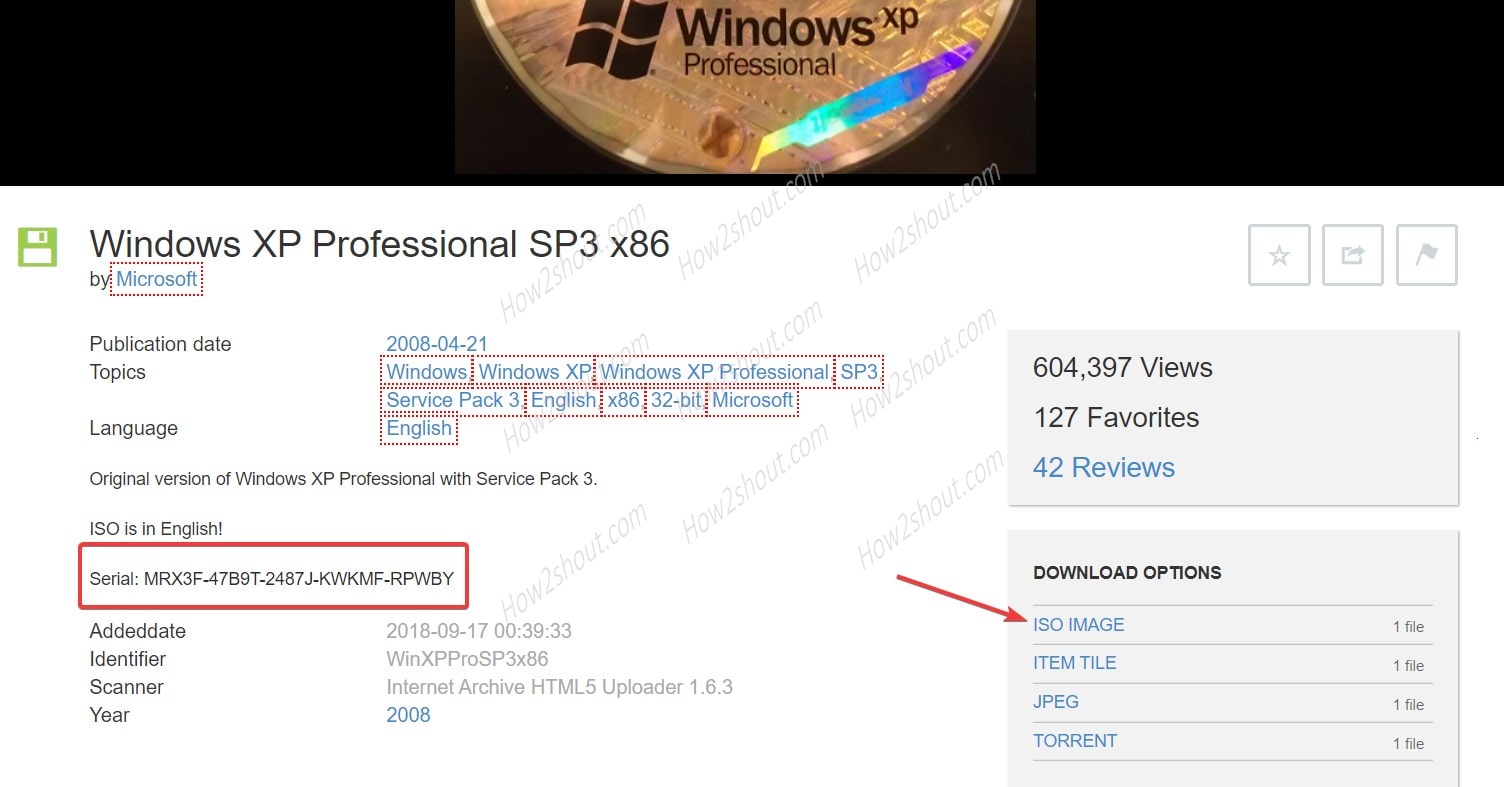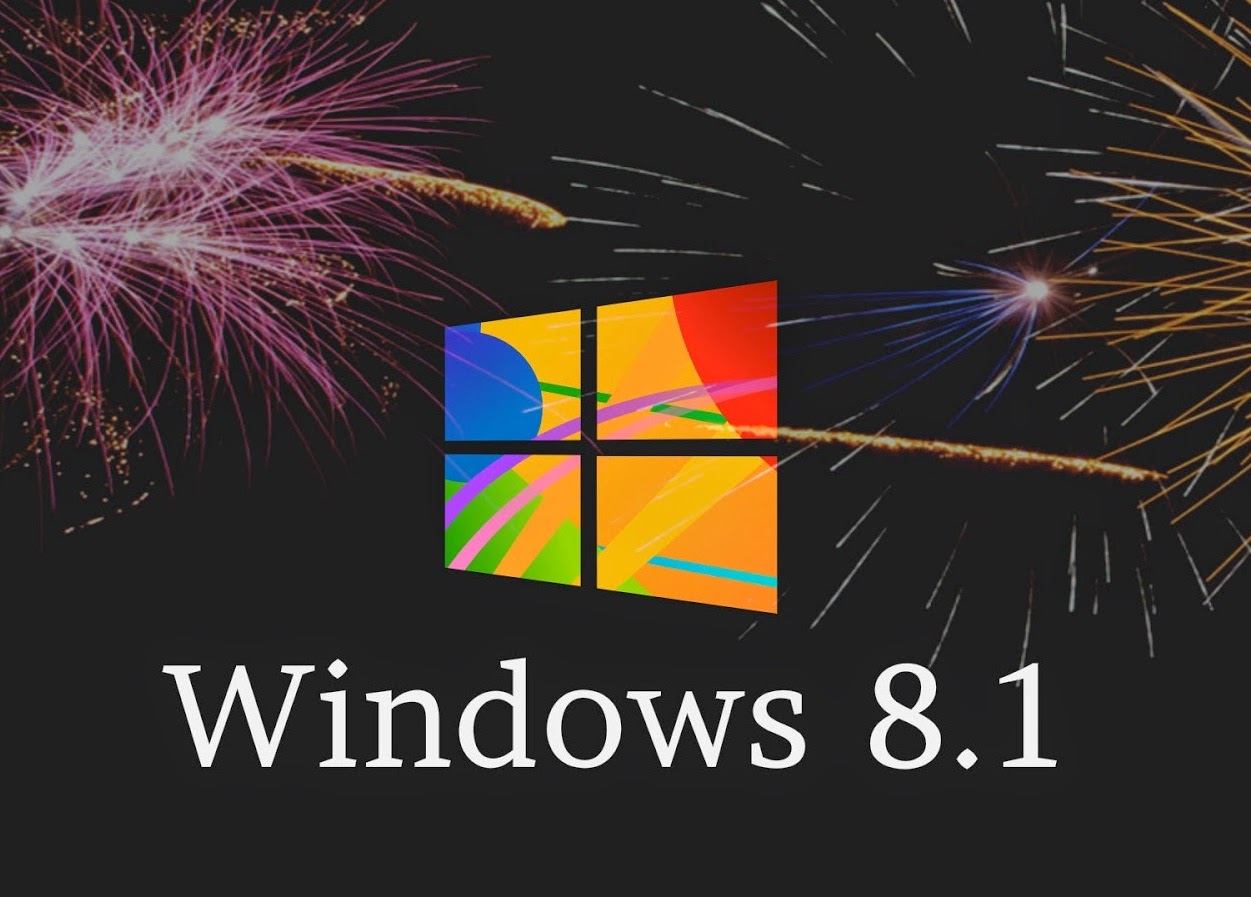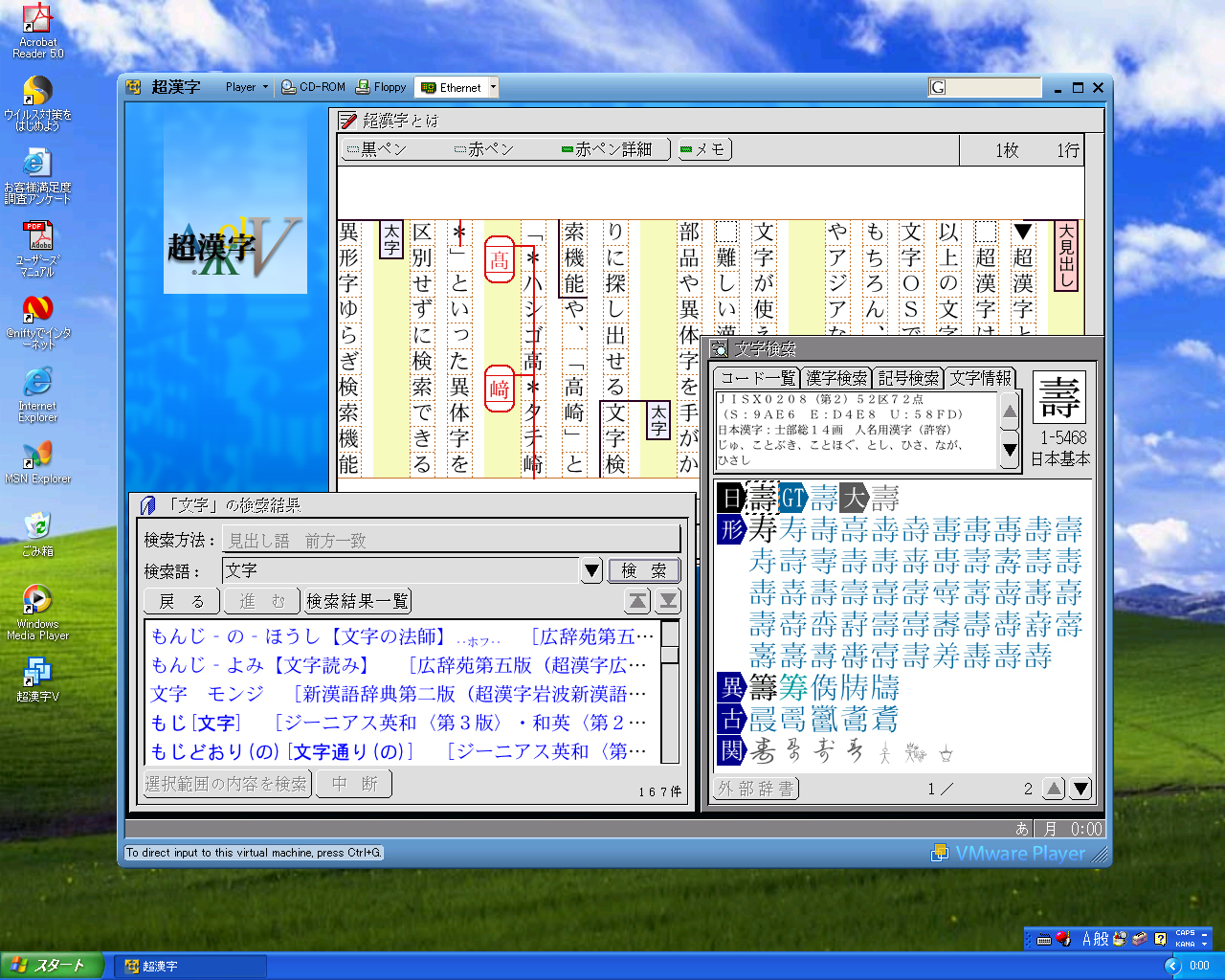

- WINDOWS XP ISO FOR VMWARE PLAYER HOW TO
- WINDOWS XP ISO FOR VMWARE PLAYER INSTALL
- WINDOWS XP ISO FOR VMWARE PLAYER FULL
- WINDOWS XP ISO FOR VMWARE PLAYER TRIAL
- WINDOWS XP ISO FOR VMWARE PLAYER DOWNLOAD
On my first trial to activate the OS, Win XP tried to create a dial-in Internet connection (which understandably failed with no modem available). As said above, you will find the sticker of the Certificate of Authenticity on the back side of the original Windows booklet, on the CD envelope or (as with my old Dell Dimension) glued to the case of your old machine. This is where you will need to re-enter your product key. Reactivate the OSĪfter logging in to Windows in your VM you will face a message that your hardware has changed and that Windows needs to be reactivated. To convert your existing VM image use VMware vCenter Converter and choose the image as the VM source. If you do so, you will also have to convert your VM image to match that older version. VMware Player 3) which is less demanding.
WINDOWS XP ISO FOR VMWARE PLAYER INSTALL
If this happens you can try to install an older version of the player (e.g. Hint: If your host system uses some older processor generation, the latest VMware player may refuse to start, telling you that the processor does not meet its requirements. VMware Player will start up and will boot the old system in a VM window. Make sure the *.vmx and the *.vmdk file are both located in the same folder on your new system and simply double-click the *.vmx file.

WINDOWS XP ISO FOR VMWARE PLAYER DOWNLOAD
Now download and install VMware Player on the new system. You will end up with two files: A small control file (*.vmx) with all the settings for the VM (you can open it with an editor) and a large data file (*.vmdk) that holds the content of your HD(s). The process of creating the VM can take several hours depending on the size of your hard disk(s). You can deselect drives that you do not need later, change the memory that is used by the VM (I have given 2 Gb of the 16 Gb on my new machine) and you can even deactivate system services that should not run on the new machine (I kept them all). This also speeds up the conversion as otherwise the converter will copy all the content of your old hard disk to a file on the same HD (slow due to constant HD head repositioning). As you have to transfer the files to the new machine anyway it is best to store them there right away. You can store it on the old machine and copy it to the new machine later (if you have enough disk space left), or you store it directly on the new machine using a network connection. The latest VMware Player offered in the dropdown – you can later reconvert to another product type if it should be necessary

choose the running system as the source.The process of converting your old system into a VM is self explanatory: This is done on the old system.ĭownload and install VMware vCenter Converter on the old Windows system. … to convert your old machine into a VM image. You need two tools of VMware which both are free (for non-commercial use, see above!): I recommend to use VMware, the market leader in virtualization. It is a typical MS product: Substandard, bloated, slow. Win 7 comes with Microsoft Virtual PC, a virtualization solution which MS has acquired from Connectix.
WINDOWS XP ISO FOR VMWARE PLAYER HOW TO
Now, here is how to do it: Which virtualization software? You will find the sticker (the Certificate of Authenticity) on the back side of the original Windows booklet or on the CD envelope or (as with my old Dell Dimension) glued to the case of your old machine. The only requirement that you must meet for this transition is that you have the product key for your old Win XP installation at hand. If you use them commercially, please consider buying the commercial versions. The needed tools are all free for non-commercial use. Some old tools may never make it into the new machine but it feels good to know that they are available in case you should suddenly need them.
WINDOWS XP ISO FOR VMWARE PLAYER FULL
You can easily transfer your complete old working environment with large system and data partitions and even with multiple monitors into a VM that is running in a window (or full screen) on your new machine – side by side with your new environment which can slowly evolve and take over. With virtual machines (VMs) you can avoid all this. And the old machine with its keyboard and mouse usually keep blocking space in my office for another year until it is finally safe to send them to retirement. With an armada of applications and my complex installation of a typical web worker it literally takes me months to bring a new machine to a point where I can do at least some 95% of my work with it. After several years of happy usage your hardware as well your Win OS are due for a refresh? You have already postponed it for a year or three, but the day has finally come where you definitely have to say goodbye to your old working environment? Why don’t you take it with you onto your new system? It is easier as you may think!


 0 kommentar(er)
0 kommentar(er)
